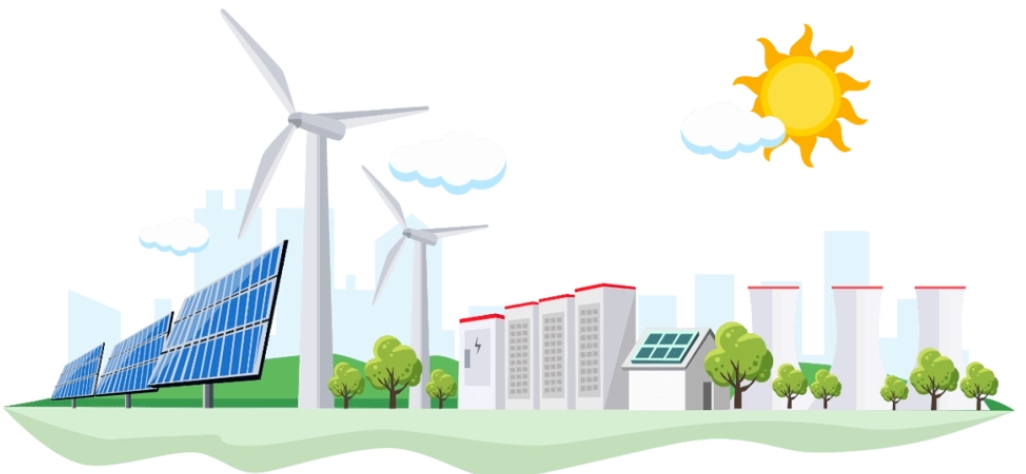
Michigan aims to use 100% clean energy by 2040, but there’s one problem – the current grid is designed for fossil fuels that give baseline energy, not intermittent energy produced when the sun shines and the wind blows.
The U.S. Energy Information Administration says renewables provided 12% of Michigan's electricity net generation in 2022, and wind energy accounted for about two-thirds of that power.
Christine Williams is the manager of marketing and communications at ITC Holdings Corp., the largest independent electricity transmission company in the United States that operates more than 8,700 circuit miles of power transmission lines and 367 substations that serves 10 million Michiganders.
Newly signed bills require 100% green energy by 2040, which will require switching energy sources as Michigan retires coal plants at record paces.
The current grid is designed to create a baseline load generation, meaning it provides instant energy, which nuclear, natural gas, coal and other energy sources provide. The most recent energy breakdown:
Michigan aims to reach 100% renewable energy by 2040 but the wind doesn’t always blow and the sun doesn’t always shine. So, Michigan must import energy from other states.
“So to make sure our lights stay on when the wind isn’t blowing and the sun isn’t shining, we will be importing power,” Williams said in a video interview.
Michigan will likely import energy from the wind plains including Iowa and Kansas.
“It’s cloudy right now,” Williams said. “So if I were to just be reliant on solar right now, I might be in a heap of trouble if I didn’t know that the grid could move it from other states to make sure it was still available.”
ITC aims to lay almost 100 miles of new transmission lines “solely meant to make sure the lights stay on” that should be completed by 2030.
“It’s better than Amazon,” Williams said. “It’s right there.”
The actual building of the lines will only take a year or so. Holding the 22 public meetings and receiving regulatory approval, permitting, and siting might take up more time than the actual building of the lines, Williams said.
The lines it's currently building will connect into Indiana and the Midwest.
These projects are engineered to improve Michigan’s grid reliability, enhance grid resilience to better withstand extreme weather, expand access to generation resources for electric consumers by reducing transmission system congestion, and improve the distribution of lower-cost energy resources, including renewables.
The American Society of Civil Engineers 2023 report card gave Michigan's infrastructure a C-.
The report continued: “Adding clean energy sources while maintaining high service reliability is difficult with aging transmission lines and last-mile connections. Infrastructure improvements should focus on resilience and rates should account for life-cycle costs while keeping energy affordable to stakeholders.”